
Edith Clark was a pianist and singer who I met once in the 1980s, doing a stint at the legendary piano bar called the Dell, on Parsons Avenue. I found her photo in the archives of the Columbus Call-Post, a Cleveland based Black newspaper chain that continues to serve Ohioans.
I interned at the Call-Post in the early eighties and a book that Edith had written came into my possession, through my friend and fellow journalist Charles Briggs. In The Way, The Gifts and The Power, published in 1971 by New York's Vantage Press, Inc., Edith created an autobiographical character named Isobel Grant, who grew up in a community in Columbus called Flytown. Now known as the Arena District, the area was also the community where musicians Hank Marr and Ronnie Kirk, as well as Edith, grew up in the twenties and thirties.
Here is the narrative that begins on page thirty-six of The Way, The Gifts and The Power, describing the community in the 1920s;
"Flytown was a community singular unto itself. It nestled around the Ohio State Penitentiary, a stones throw from where the Olentangy and Scioto Rivers merge, a hop, skip and jump from the geographical center of Columbus. Bordering Long Street on the south, Flytown meandered along the edge of Front Street past Naughten, Maple and Vine, crossed the Pennsylvania Railroad tracks at Spruce, skirted down Goodale Street past the park, followed the street car line past Neil Avenue, cut through Henry Street to Buttles, then up to an undefined line which eventually ended at the Olentangy River to the West.
A railroad spur track ran behind Michigan Avenue to serve the many factories which lined the river; the Indianapolis Paper Stock Company, the Pipe factory, the Wire Works. The factory that made molds edged a big vacant lot where my father, Carl, and his cronies played baseball for barrels of beer. Past the mold company there was a small open field where the kids played and men kept their dump wagons. There was the Paste factory, the Piano company, the Vault company, the derrick makers, the stove factory, and on up towards First Avenue, the Oleo makers and the beer company. On Michigan Avenue, proper, there stretched the lumber company.
Carl was working for the Power and Light Company downtown when he mashed his thumb on the job and, taking pride in his male invincibility, ignored the soreness until it festered into gangrene and he lost part of his left arm, almost up to the elbow, in order to save himself from dying due to blood poisoning. With the money that he received as compensation for the lost of a limb, Carl and Reba, my mother, paid cash for a house further down Michigan Avenue.
By this time the bootlegging and highjacking Italians were becoming affluent enough to leave Flytown and move across the river into a newly developed suburb which began at Goodale Street. Our family was the first colored family on that block. Reba took great pride in jerking the "For Sale" sign as a symbol of an answer to some White neighbor who called to inform them that the house was not for rent; it was for sale.
Carnivals and medicine shows often set up on the baseball field on the corner of Poplar and Michigan in the summer time and the neighborhood reveled in the novelty of the show put on by the medicine man. The Godman Guild was the heart, the hub, the center around which revolved the community of Flytown. It taught the residents laws and ordinances, showed them the way wherein they must walk and brought their causes to the rulers of the city.
Long before the nation would be confronted with the same problem, the Godman Guild met and found solutions, faced squarely and honestly the needs of the neighborhood and welded the transplanted souls into a solid acknowledgment of pride in themselves and their community. The pillars of society of Flytown were as high-minded and respectable, virtuous and God-fearing as any people in any neighborhood; for their children they had the same goals as any human being in the nation."
Thanks to Edith Clark, we have a glimpse of Flytown, a community that ceased to exist in the 1960s when urban renewal and highway construction brought progress to the near Northside of Columbus.
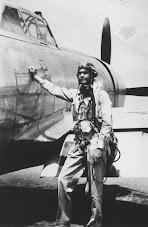


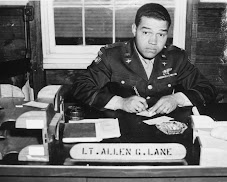
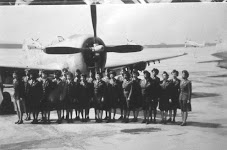
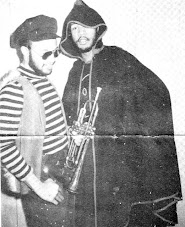





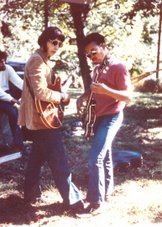
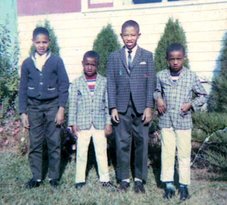
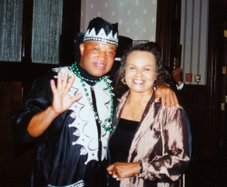

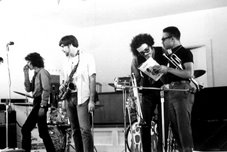


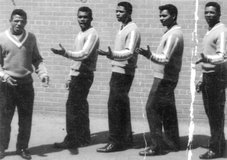



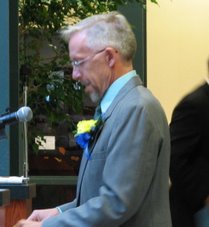

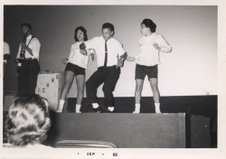



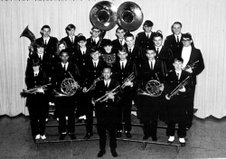

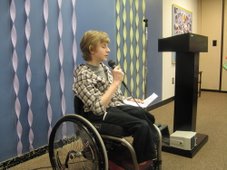
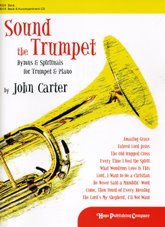
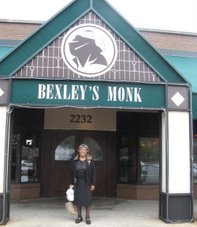
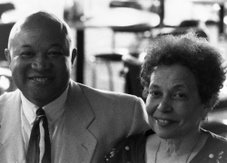


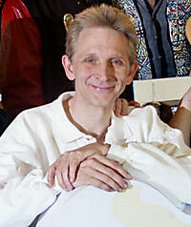
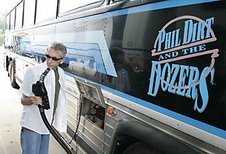
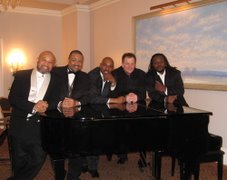
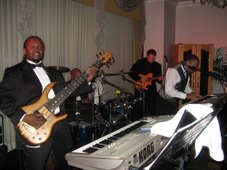
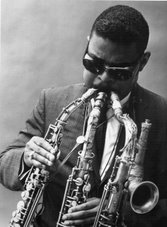
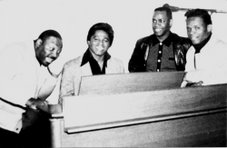

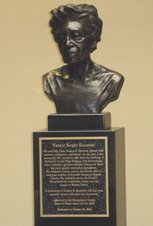
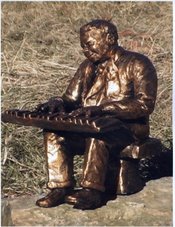
No comments:
Post a Comment